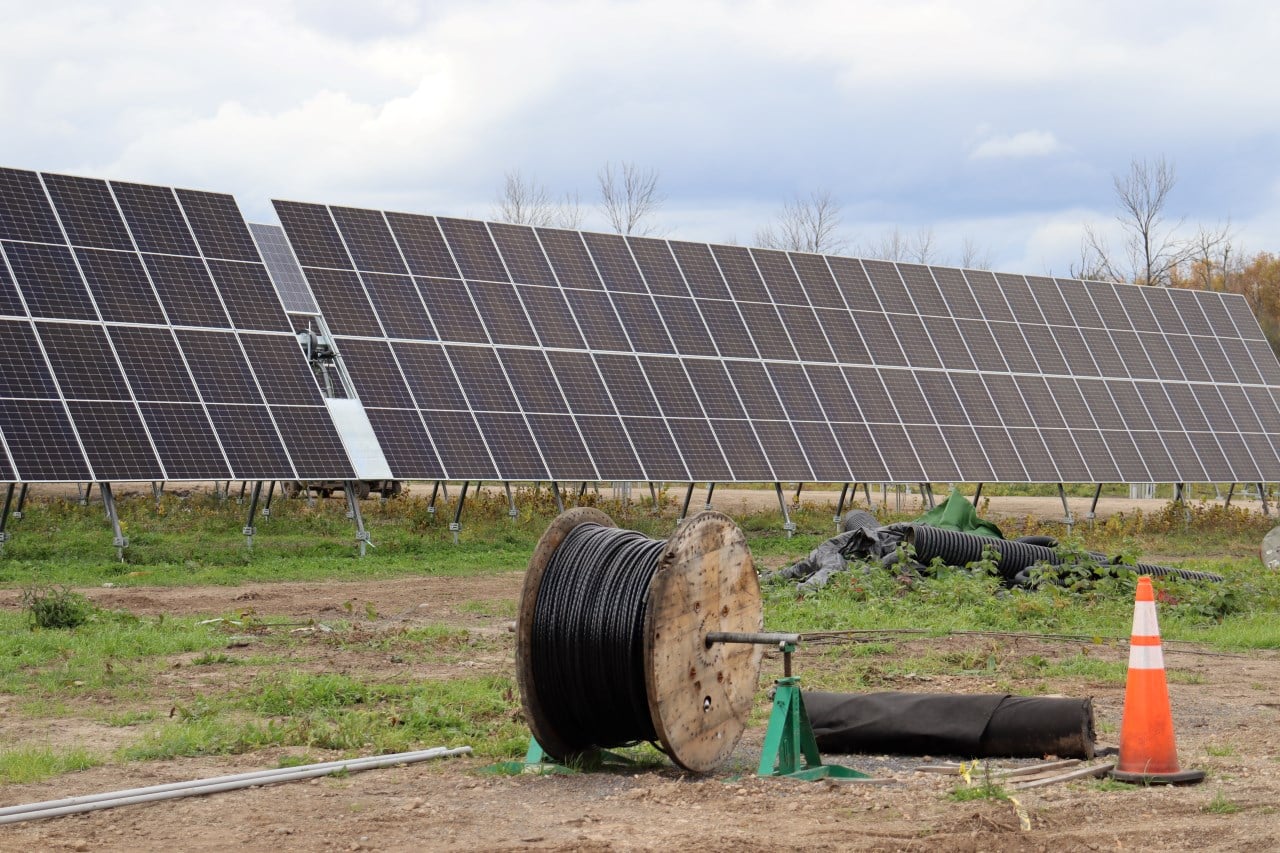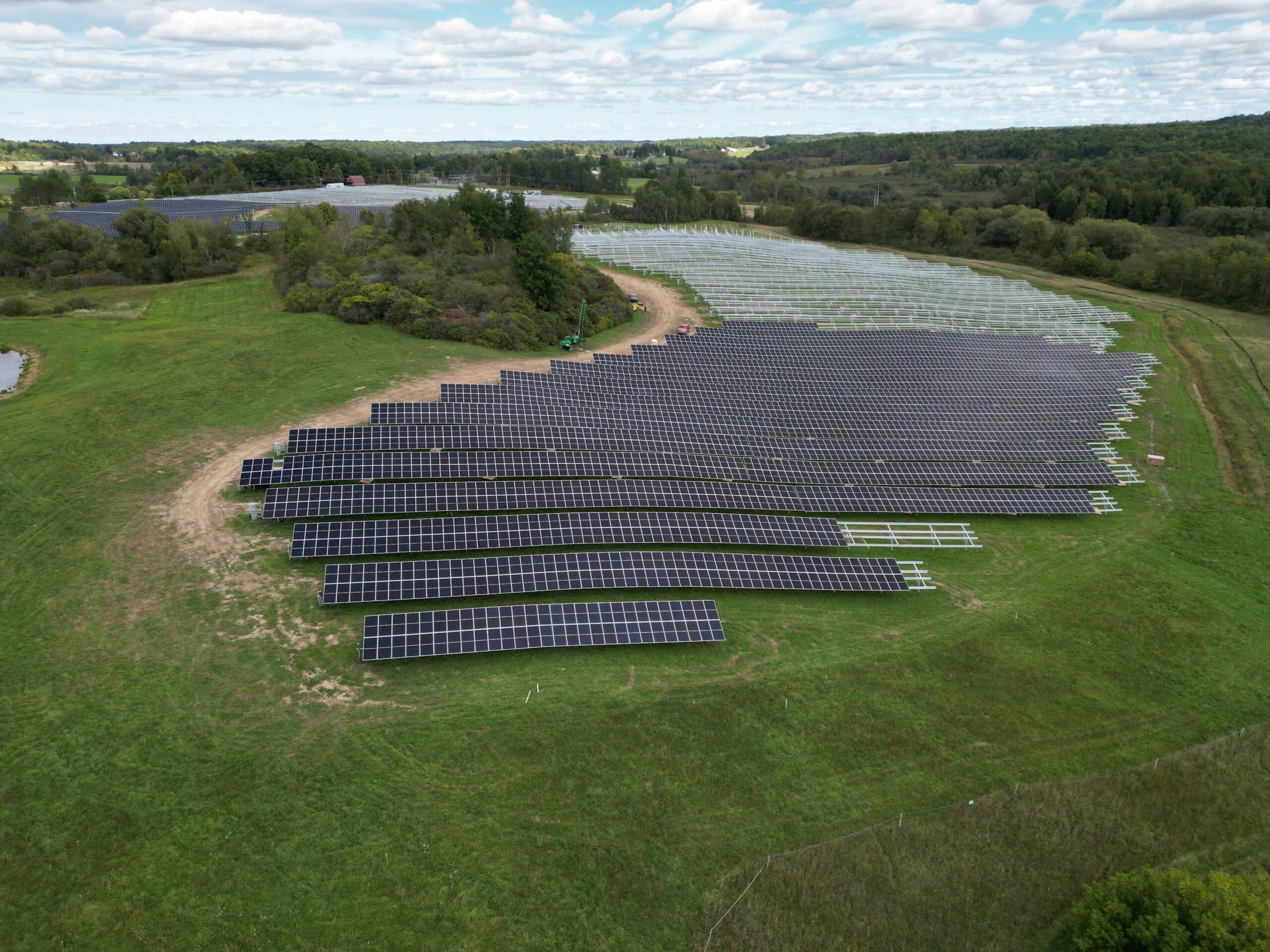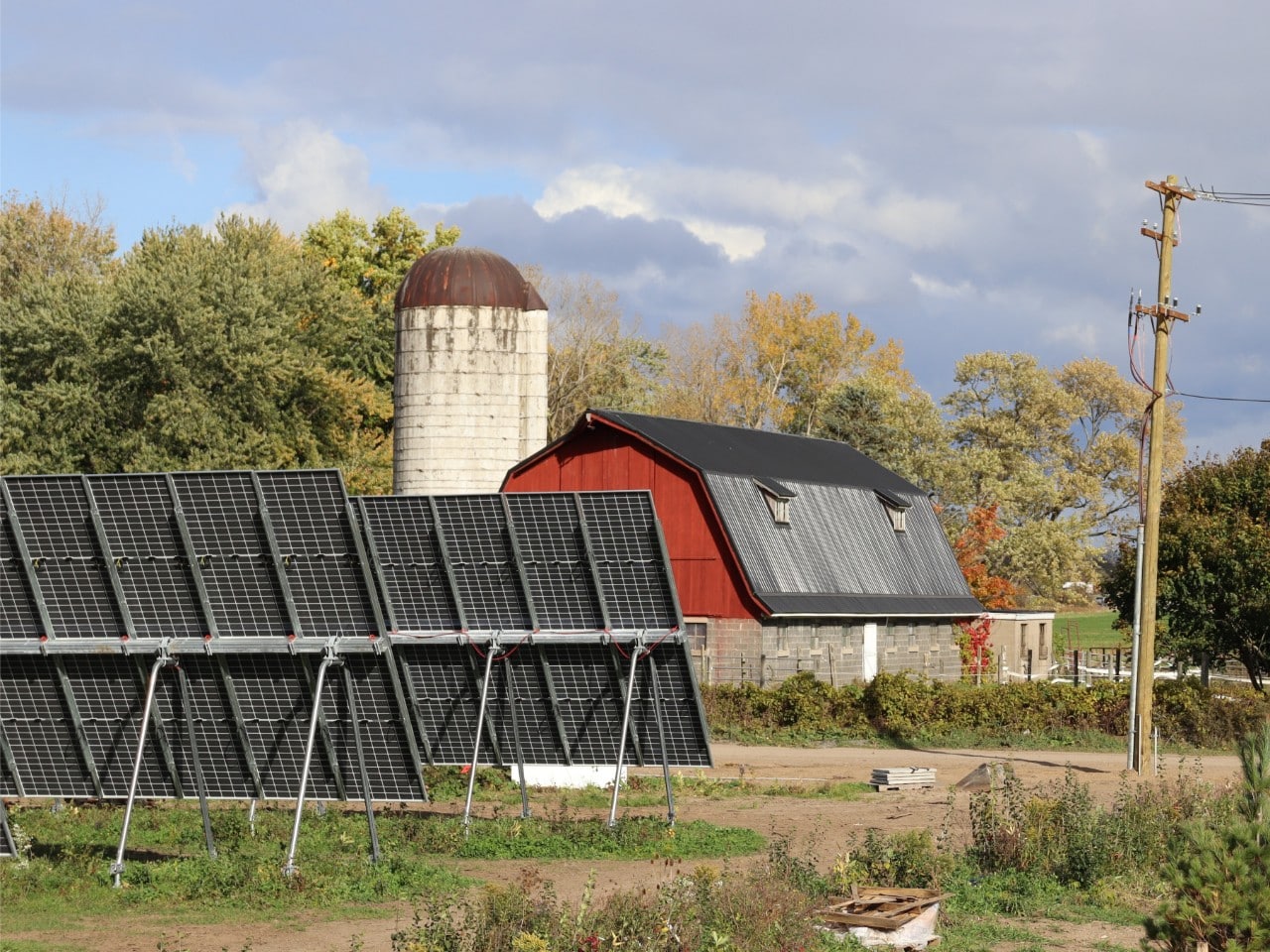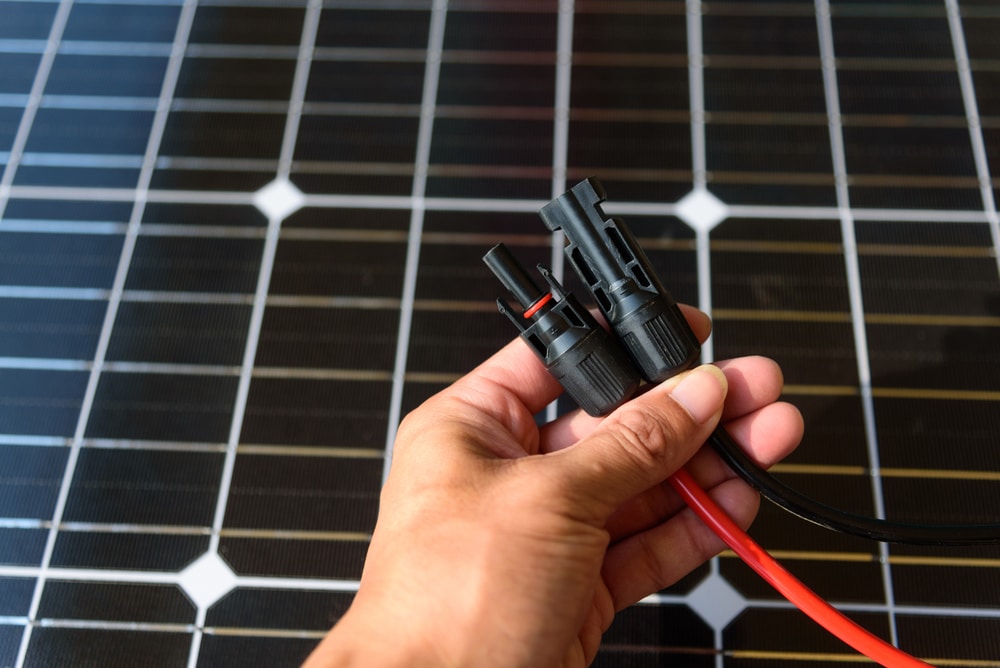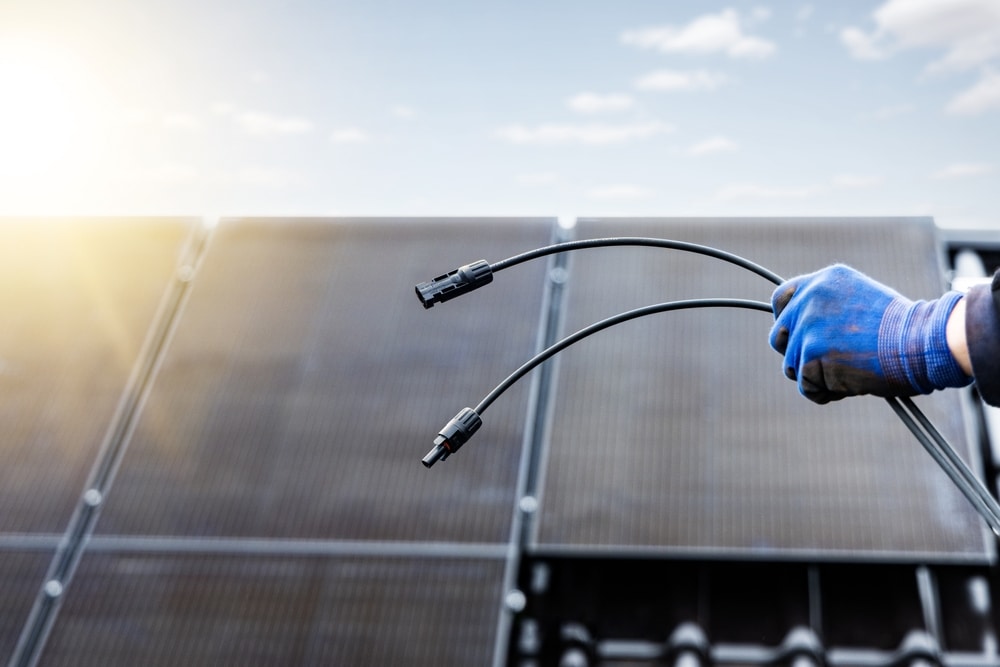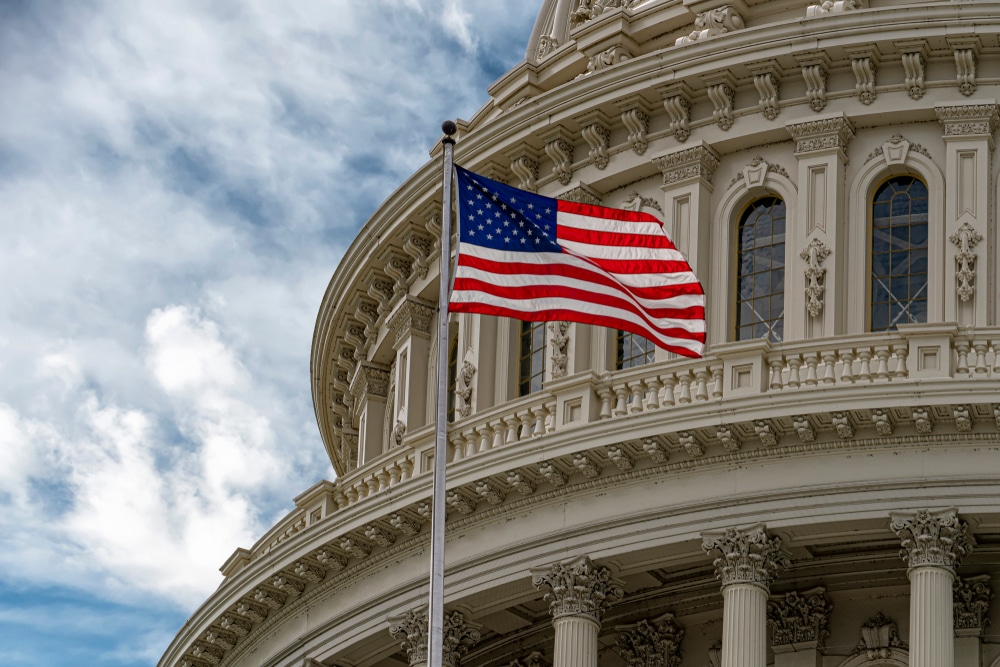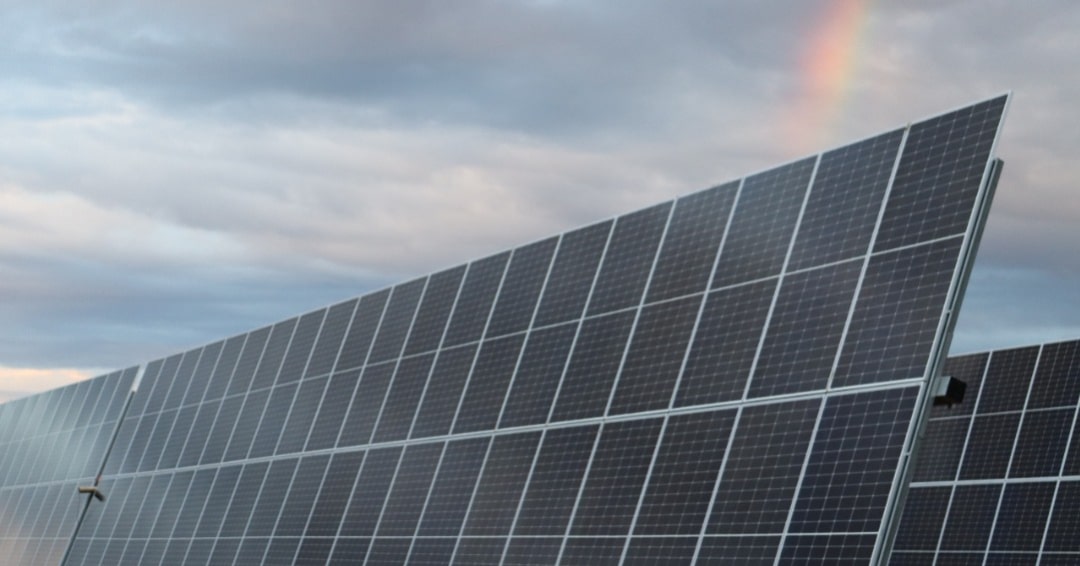No one wants a first responder to get injured or killed while responding to an emergency.
As solar adoption grows in the U.S., more first responders, including firefighters, must contend with solar-powered electrical panels, cabling, and other system components during emergencies.
The systems are generally safe when everything is normal but pose a deathly risk if firefighters interact with a damaged panel or exposed conductor.
Solar Is Becoming Mainstream
According to the U.S. Energy Information Administration (EIA), solar energy production may surpass hydropower by 2025. Part of the growth is tied to companies, homeowners, and utilities taking advantage of the Inflation Reduction Act (IRA), which promotes solar adoption and domestic manufacturing.
From residential and commercial building rooftops to complete community- and utility-scale solar arrays, renewable energy is showing promise. But with the rise of any energy production source, there are also questions, especially concerning safety during emergencies.
Keeping up with new technology is never easy, but safety organizations are doing their best, including UL and the National Fire Protection Association.
Both organizations are focused on implementing rapid shutdown systems to protect firefighters. UL 3741 is a certification awarded to systems after evaluating solar system components to determine hazard control. The NFPA’s National Electric Code (NEC) regulations stipulate safe shutdown measures to dictate how fast systems must shut down and to what voltage level.
Together, the organizations provide a living framework to protect firefighters during emergencies and tweak the rules as new challenges arise.
Why Do We Need UL 3741?
UL 3741 is a product certification meant to protect firefighters who come into contact with PV arrays while performing their work on residential and commercial rooftops.
When firefighters respond to a fire, they may have to cut a hole in the roof of the house or building. The hole allows smoke and gas to escape, increasing visibility for those inside and helping extinguish the fire faster.
Unfortunately, sometimes firefighters come into contact with the photovoltaic (PV) system, putting themselves at risk of electrocution and shock.
But how does accidental contact occur? Firefighters could touch or step on exposed conductors, spray water on them, damage or cut through them with their tools, or even hit one with the ladder as they climb onto the roof.
PV systems routinely operate at high voltages, posing a severe risk of injury if accidental contact occurs. As the system ages and shows more signs of wear and tear, the risk of potential shocks grows.
To reduce the risk, rapid shutdown requirements have become the norm for PV systems, allowing power to be cut in seconds.
What Does It Do?
Published in December 2020, UL 3741, the Standard for Safety of Photovoltaic Hazard Control, covers electrical current and voltage to reduce accidental shocks from a PV system while firefighters work.
To ensure the correct measures are in place, the organization ran tests using personal protective equipment (PPE) and firefighting foam materials to see how each would react to direct and indirect contact with a PV system.
UL 3741 explicitly references rapid shutdown procedures – in the case of an emergency, how quickly can the solar PV system reduce its energy to safe levels? Systems must be able to reduce power as fast as possible after the shutdown switch is triggered, even if regular electrical power is off.
Rapid shutdown PV arrays can rely on one of several triggers, including a manual shutdown, auto shutoff, or remote interaction, to deactivate panels. Solar components must pass strict tests to receive the UL 3741 certification, including ones simulating situations firefighters may find themselves in while encountering solar panels, PV wire, string inverters, and other items.
Understanding the NEC’s PV Hazard Control Rule
Like the UL certification, the NFPA has a rule in its National Electrical Code to address firefighter safety.
Section 690.12(B)(2)(1) of the 2023 NEC states:
“The PV system shall provide shock hazard control for firefighters through the use of a PVHCS installed in accordance with the instructions included with the listing or field labeling. Where a PVHCS requires initiation to transition to a controlled state, the rapid shutdown initiation device required in 690.12(C) shall perform this initiation…”
So, how quickly does the shutdown have to be for a solar system to satisfy the NEC’s rule? According to the NFPA, voltages must fall below 80 volts within 30 seconds. Though 80v can still shock someone who encounters an exposed conductor, the de-energized system poses less risk. For context, the average U.S. home runs on a 120v/240v electrical system.
With that said, there are exceptions to the NEC rule. Ground-mounted PV systems entering buildings are exempt, as are solar installations on top of carports, solar trellises, and parking shade structures. This is because firefighters likely won’t have to break any holes for ventilation.
Safety is the TOP Priority
Firefighters must protect occupants and ventilate the home or building quickly during an emergency.
With everything moving so fast, sometimes unintended mistakes happen, and solar system parts become damaged. In cases like this, certified and NEC-compliant PV hazard control systems tell the solar array to stop generating electricity and shut down immediately, reducing the risk of critical injury or death.
Even with the UL certification and NEC regulations, improvements can be made. Although the system must shut down in 30 seconds or less, shortening the timeframe could allow firefighters a few more precious seconds to complete their work. Newer, more advanced technology could achieve shorter shutdown times.
Pricing is also a factor. Shutdown controls are expensive and installing module-level power electronics (MLPE) costs both time and money. The impact is minimal for small residential projects with only a couple of panels but may quickly inflate project costs for commercial rooftops supporting dozens or hundreds of panels.
Since their inception, UL 3741 and NEC Section 690.12(B) have drastically improved conditions for firefighters and others who may encounter solar installations. As technology improves, so will the rules governing its use.




